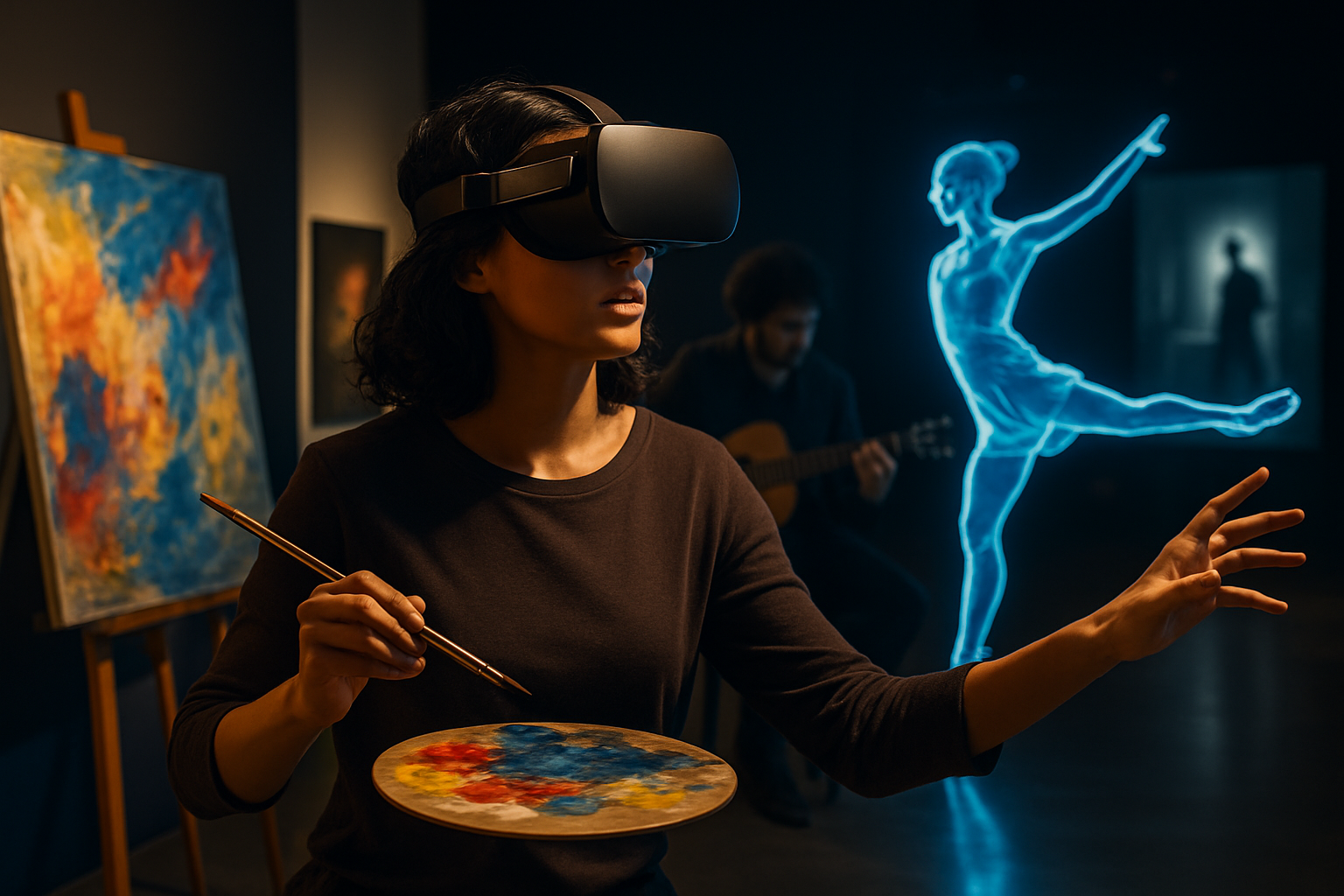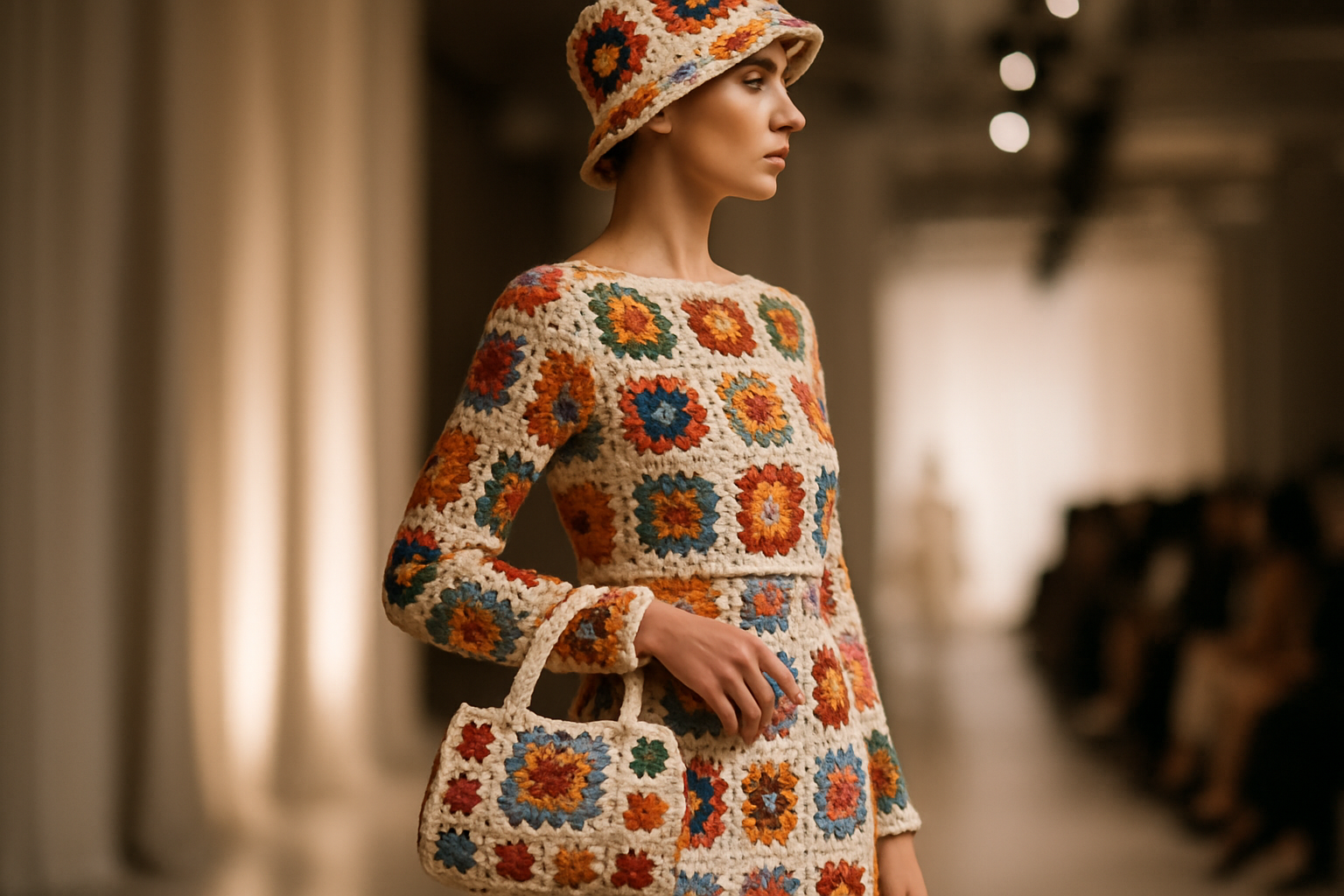The Avant-Garde Renaissance in Virtual Reality Art
In the ever-evolving landscape of digital creativity, a groundbreaking movement is reshaping the boundaries of artistic expression. Virtual Reality (VR) art, once a niche concept, has exploded into a full-fledged avant-garde renaissance, captivating audiences and challenging traditional notions of creativity. This fusion of cutting-edge technology and artistic vision is not just changing how we experience art, but fundamentally altering the creative process itself.

Breaking the Fourth Wall
Unlike traditional mediums, VR art completely envelops the viewer, eliminating the barrier between the audience and the artwork. This immersive quality allows artists to create experiences that engage all senses, transporting viewers into entirely new worlds. From floating through abstract landscapes to interacting with impossible sculptures, VR art offers a level of engagement previously unattainable in the art world.
The Collaborative Nature of VR Creation
One of the most exciting aspects of VR art is its collaborative potential. Artists can now work together in shared virtual spaces, regardless of their physical location. This has led to the emergence of global artistic collectives, where creators from different cultures and backgrounds come together to craft shared visions. The result is a melting pot of ideas and techniques that push the boundaries of what’s possible in art.
Challenging the Art Market
The rise of VR art is disrupting traditional art market structures. Galleries and museums are grappling with how to display and sell these ephemeral, digital creations. Some institutions have embraced the change, setting up dedicated VR exhibition spaces, while others are partnering with tech companies to create virtual galleries accessible from anywhere in the world. This shift is democratizing art appreciation, making avant-garde works available to a global audience.
The Future of Artistic Expression
As VR technology continues to advance, so too does the potential for artistic innovation. Artists are experimenting with haptic feedback, allowing viewers to feel virtual textures, and exploring the integration of AI to create ever-changing, responsive artworks. The line between creator and viewer is becoming increasingly blurred, with some VR experiences allowing audiences to contribute to the artwork in real-time.
Ethical Considerations in VR Art
With great power comes great responsibility, and VR art is no exception. Artists and critics alike are grappling with the ethical implications of creating such immersive experiences. Questions of consent, psychological impact, and the potential for manipulation are at the forefront of discussions in the VR art community. As the medium matures, it’s likely we’ll see the development of new ethical frameworks to guide its use.
VR Art’s Impact on Education and Therapy
Beyond its role in the art world, VR art is finding applications in education and therapy. Art schools are incorporating VR tools into their curricula, preparing the next generation of artists for this new frontier. In therapeutic settings, VR art experiences are being used to treat conditions ranging from PTSD to chronic pain, offering patients new ways to process and express their emotions.
The Avant-Garde Renaissance Goes Mainstream
What was once considered fringe is rapidly becoming mainstream. Major art fairs and biennales are now featuring VR art prominently, and established artists from other mediums are beginning to experiment with virtual reality. This mainstreaming of VR art is not without controversy, with some purists arguing that it dilutes the avant-garde spirit. However, others see it as a natural evolution of the art world, embracing new technologies to push creative boundaries.
Preserving the Ephemeral
One of the unique challenges facing VR art is preservation. How do we archive and maintain works that exist only in virtual space? Institutions and tech companies are working together to develop new conservation techniques, from creating detailed documentation of the experiences to developing emulators that can run obsolete VR systems. This effort to preserve today’s VR art for future generations underscores its growing importance in the cultural landscape.
In conclusion, the avant-garde renaissance in VR art represents a seismic shift in the world of creative expression. It’s a movement that challenges our perceptions, pushes technological boundaries, and redefines the relationship between artist, artwork, and audience. As VR technology continues to evolve, we can expect to see even more revolutionary developments in this exciting field. The future of art is here, and it’s virtual.





